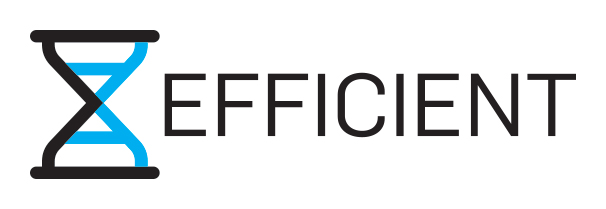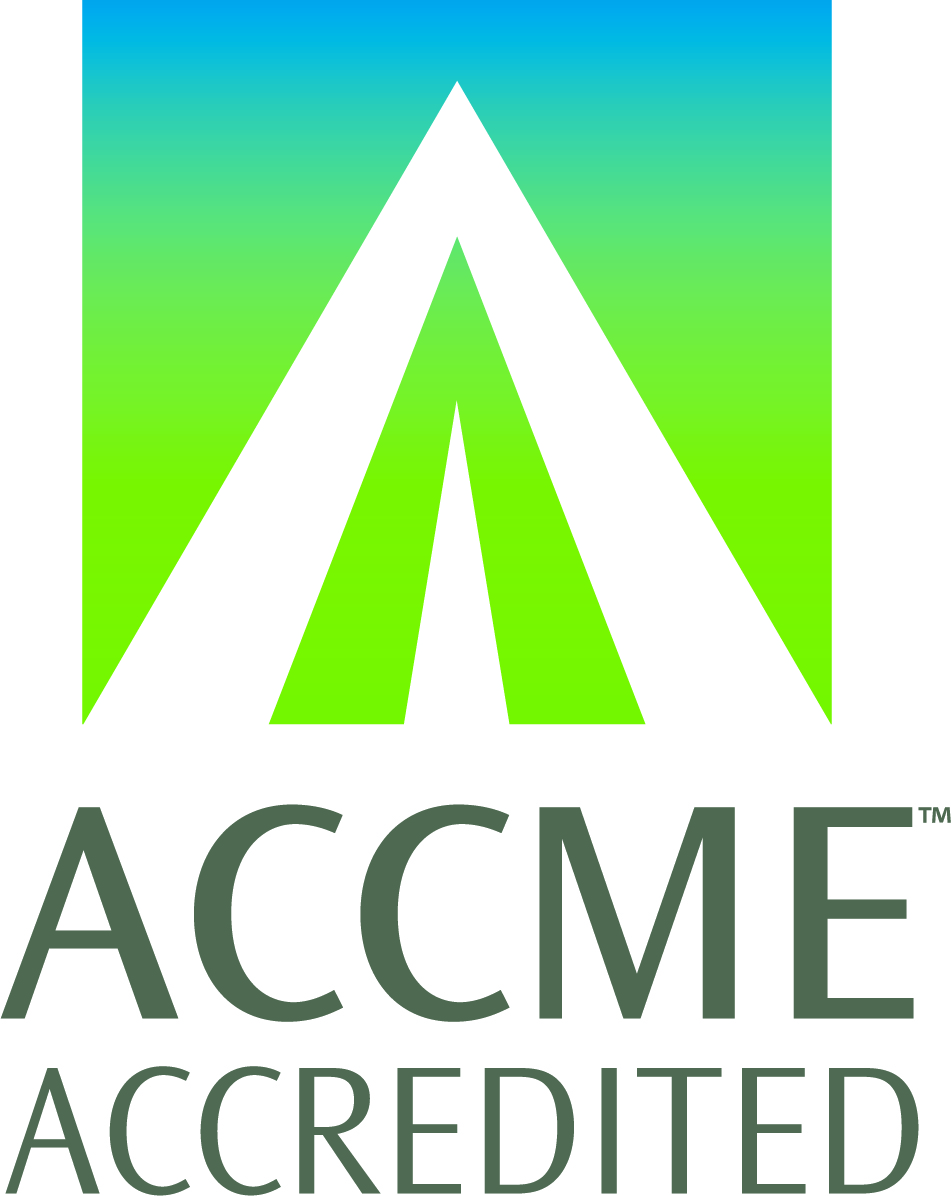Navigating the Clinic: Applying Modern Evidence, Expert Insights, and Practice Simulations to Optimize Idiopathic Hypersomnia Management
Due to the unique educational design of this course, the content must be viewed and completed on the myCME platform.
Program Description
Idiopathic hypersomnia (IH) is challenging to diagnose due to poor clinician understanding and its significant clinical overlap with narcolepsy types 1 and 2. The Multiple Sleep Latency Test (MSLT) is an imperfect diagnostic tool, which highlights the need for a comprehensive understanding of IH symptomatology (e.g., sleep inertia, excessive daytime sleepiness [EDS], brain fog) and alternative strategies for early disease recognition. Historically, IH treatment relied on limited data from off-label therapies, but this has recently changed with the first and only FDA-approved medication for IH. However, patient-specific factors (e.g., family planning/contraception) and comorbidities (e.g., cardiovascular, psychiatric) influence the patient journey and treatment response, making personalized management essential. This program, led by esteemed faculty—Drs. Phyllis Zee, Anne Marie Morse, and Logan Schneider—aims to help clinicians accurately diagnose and tailor IH management based on key patient factors. Upon completion, participants will use a practice simulation to test and enhance their clinical skills.
Target Audience
The target audience for this activity includes primary healthcare physicians, sleep specialists, general neurologists, pulmonologists, psychiatrists, and pharmacists involved in management of IH.
Learning Objectives
Upon completion of the educational activity, participants should be able to:
- Recognize the persistent burden of illness associated with IH symptomatology (e.g., EDS, brain fog, sleep inertia) to understand the need for improved diagnostic and treatment strategies
- Distinguish key clinical features of IH and their relative importance compared to objective assessments (e.g., PSG/MSLT, IHSS), to proficiently apply IH diagnostic criteria and identify patients more confidently and effectively
- Discuss challenges with the historical treatment of IH and utilize knowledge and treatment advances to improve patient quality of life
- Explain the biological rationale and phase 3 data supporting the approval of low sodium oxybate (LXB) in IH to identify patients that may be appropriate for its consideration
 Phyllis C. Zee, MD, PhD (Chair & Moderator)
Phyllis C. Zee, MD, PhD (Chair & Moderator)
Director, Center for Circadian and Sleep Medicine
Professor of Neurology
Northwestern University Feinberg School of Medicine
Chicago, IL
 Anne Marie Morse, DO, FAASM
Anne Marie Morse, DO, FAASM
Associate Professor, Geisinger Commonwealth School of Medicine
Director, Child Neurology and Pediatric Sleep Medicine Geisinger Medical Center
Janet Weis Children’s Hospital
Danville, PA
 Logan Schneider, MD
Logan Schneider, MD
Adjunct Clinical Assoc Professor of Sleep Medicine at Stanford
Consultant Neurologist at Stanford/VA Alzheimer's Research Center
Clinical Lead for Sleep Health at Alphabet
Redwood City, CA
This activity is jointly provided by Purdue University College of Pharmacy Office of Continuing Education and Professional Development (Purdue) and Efficient LLC.


Accreditation Statement
 This enduring activity has been planned and implemented in accordance with the accreditation requirements and policies of the Accreditation Council for Continuing Medical Education (ACCME) through the joint providership of the Purdue University College of Pharmacy Office of Continuing Education and Professional Development and Efficient LLC. Purdue University, an equal access/equal opportunity institution, is accredited by the ACCME to provide continuing medical education for physicians.
This enduring activity has been planned and implemented in accordance with the accreditation requirements and policies of the Accreditation Council for Continuing Medical Education (ACCME) through the joint providership of the Purdue University College of Pharmacy Office of Continuing Education and Professional Development and Efficient LLC. Purdue University, an equal access/equal opportunity institution, is accredited by the ACCME to provide continuing medical education for physicians.
Designation Statement
Conflicts of Interest Disclosure Policy
None of the planners, reviewers, Efficient LLC staff, and Purdue University College of Pharmacy staff have relevant financial relationship(s) with ineligible companies to disclose unless listed below.
Faculty Disclosures
Dr Zee reports the following financial relationships:
- Consulting Fees: Eisai, Takeda, Harmony Bioscience, Jazz Pharmaceuticals, CVS Caremark
- Advisory Board: Eisai, Idorsia, Takeda, Jazz Pharmaceuticals
- Research/Grant: Sleep Number, Vanda
- Stock Ownership (spouse): Teva
Dr Morse reports the following financial relationships:
- Consulting Fees: Alkermes, Avadel, Harmony Bioscience, Jazz Pharmaceuticals, Takeda
- Research/Grant: Harmony Bioscience
- Principal Investigator: Alkermes, Avadel, Jazz Pharmaceuticals, Takeda
- Speaker’s Bureau: Alkermes, Avadel, Harmony Bioscience, Jazz Pharmaceuticals, Takeda
Dr Schneider reports the following financial relationships:
- Consulting fees: Jazz Pharmaceuticals
- Advisory Board: Jazz Pharmaceuticals
- Speaker’s Bureau: Avadel, Jazz Pharmaceuticals
- Stock Ownership: Alphabet, Inc
Disclosure of Unlabeled Use
This educational activity may contain discussion of published and/or investigational uses of agents that are not indicated by the FDA. The planners of this activity do not recommend the use of any agent outside of the labeled indications. The opinions expressed in the educational activity are those of the faculty and do not necessarily represent the views of the planners. Please refer to the official prescribing information for each product for discussion of approved indications, contraindications, and warnings.
Disclaimer
Participants have an implied responsibility to use the newly acquired information to enhance patient outcomes and their own professional development. The information presented in this activity is not meant to serve as a guideline for patient management. Any procedures, medications, or other courses of diagnosis or treatment discussed or suggested in this activity should not be used by clinicians without evaluation of their patient's conditions and possible contraindications and/or dangers in use, review of any applicable manufacturer's product information, and comparison with recommendations of other authorities.
Commercial Support
Supported by an educational grant from Jazz Pharmaceuticals.

 Facebook
Facebook X
X LinkedIn
LinkedIn Forward
Forward